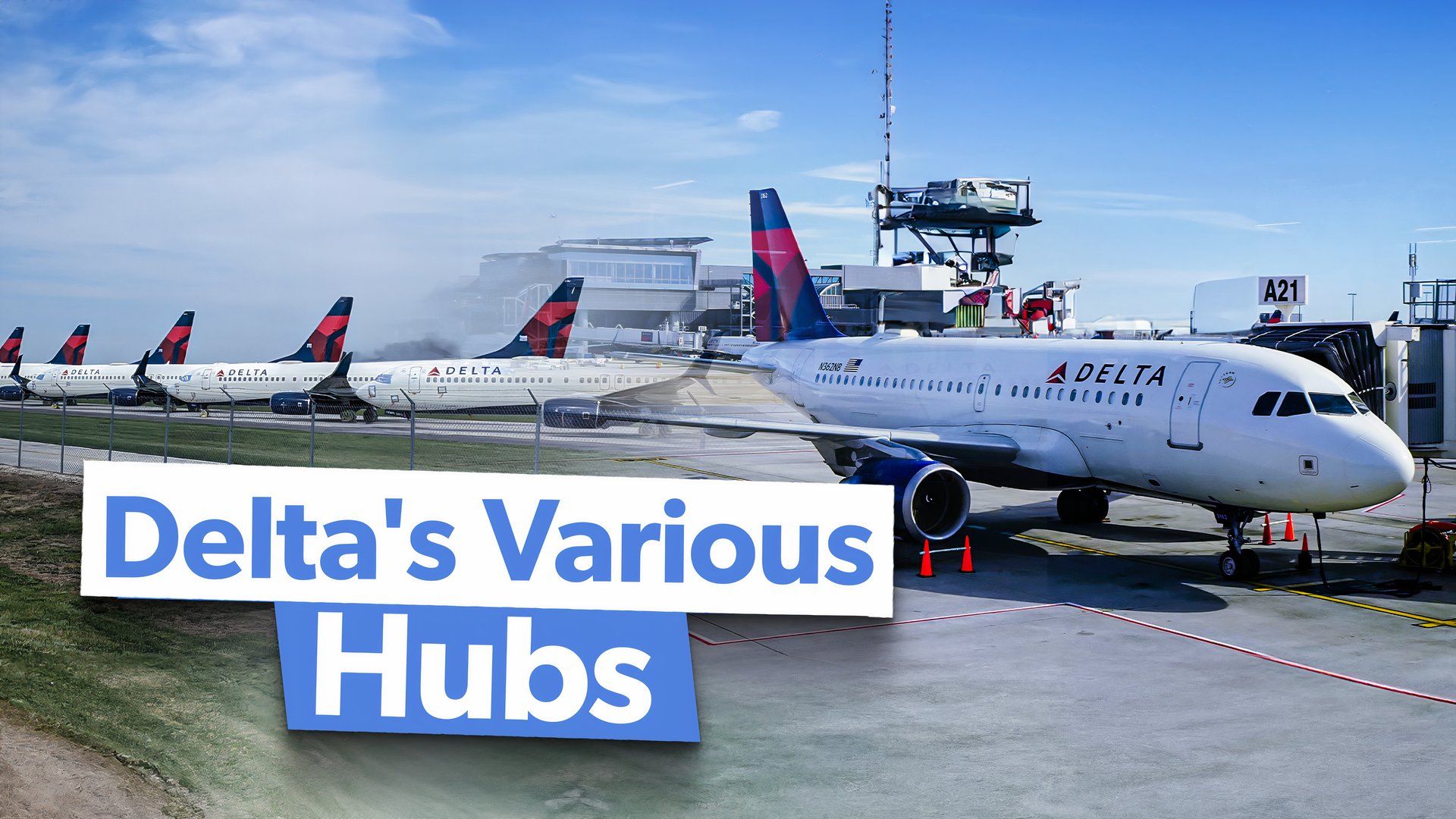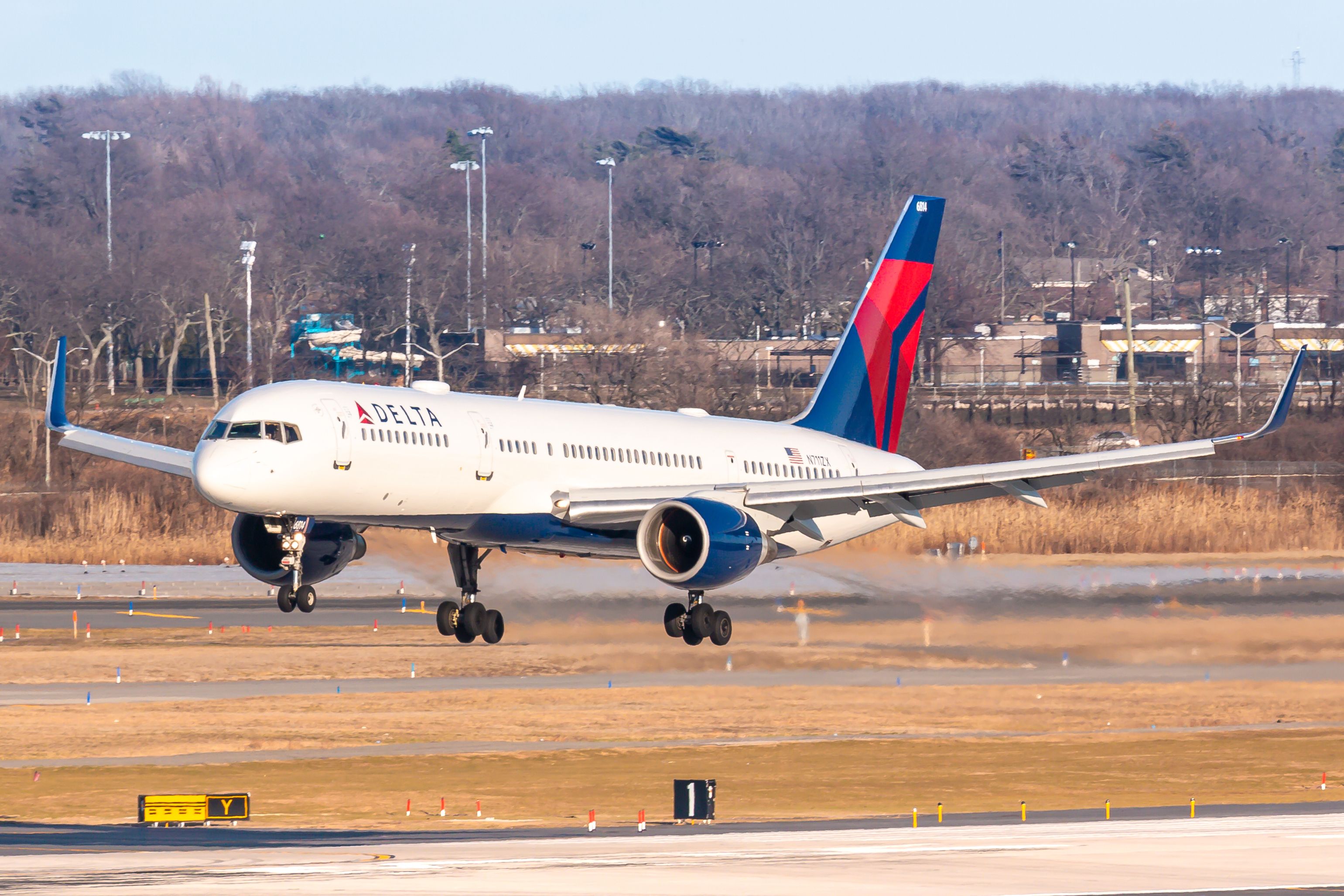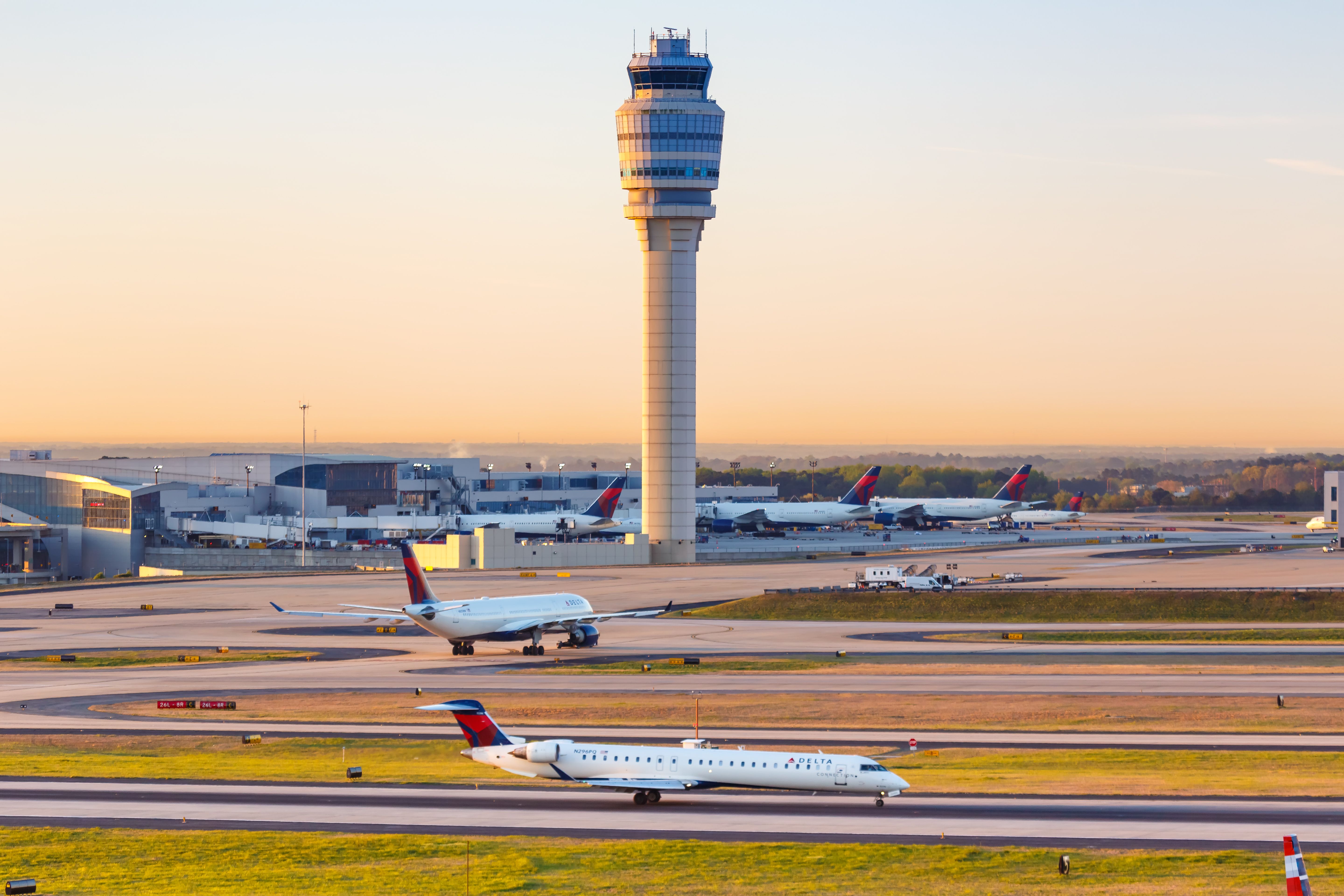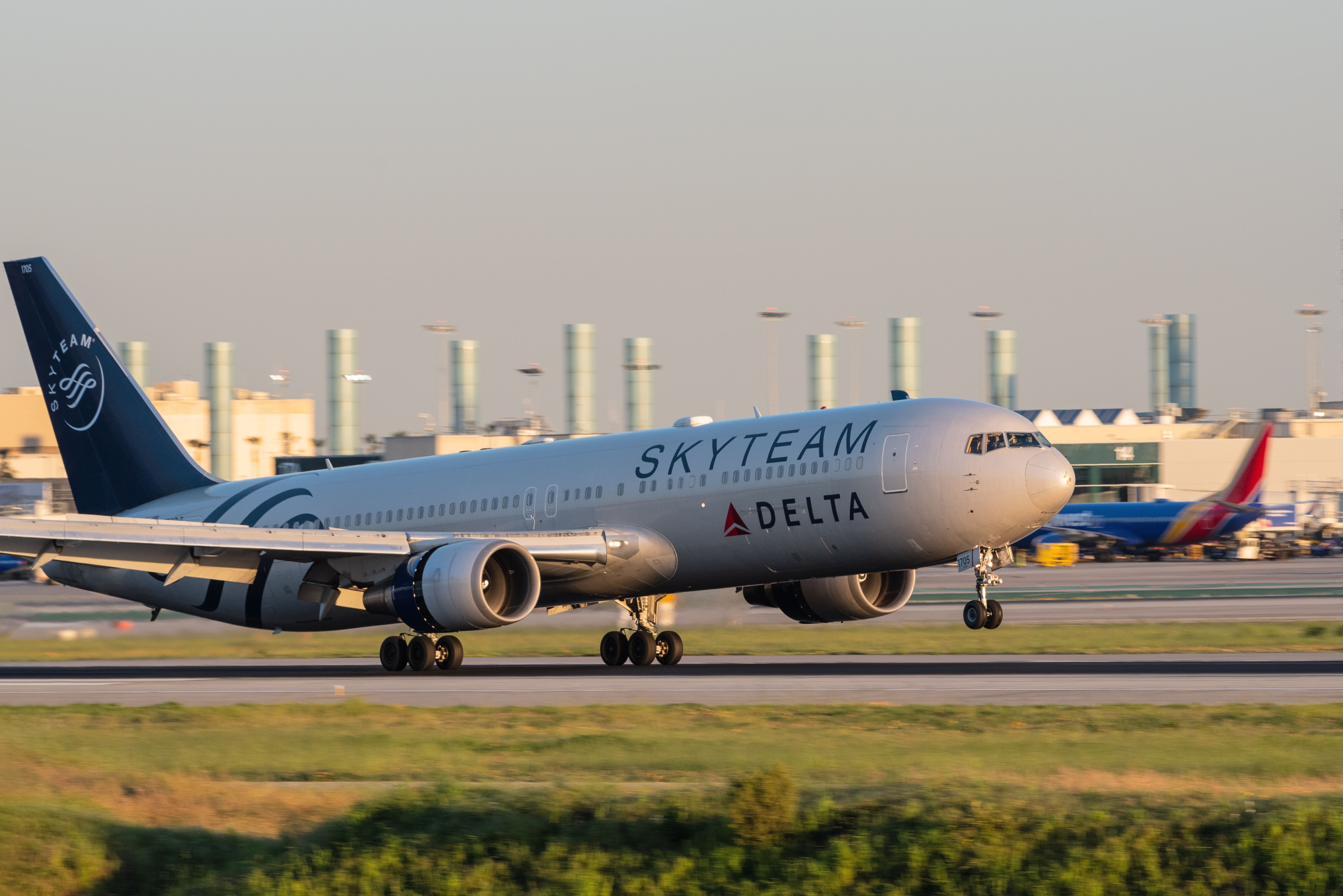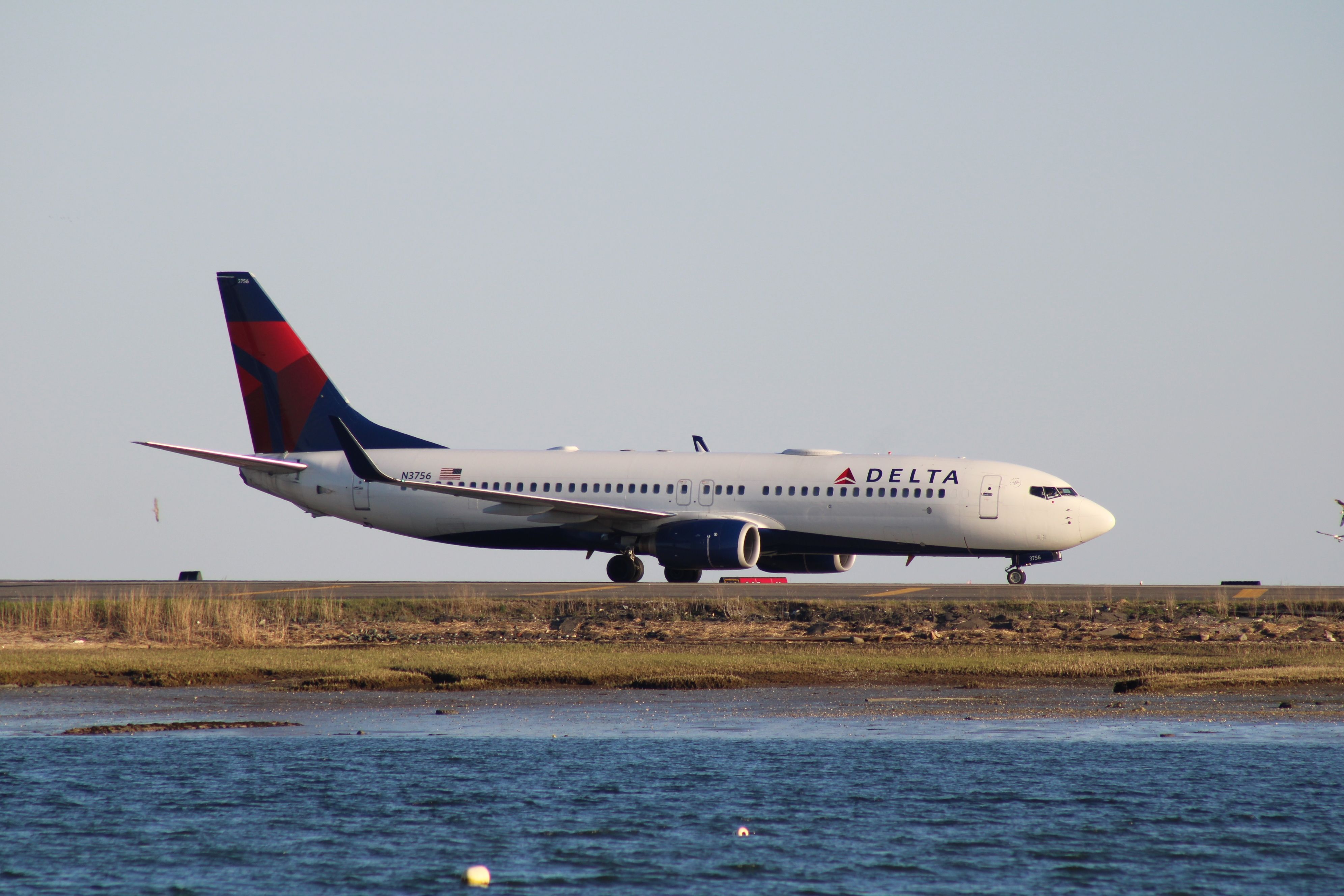Summary
- Delta Air Lines bases hub operations out of smaller cities, not just major population centers.
- Delta’s hub network includes fortress hubs and fractured hubs with varying market shares.
- The airline’s unique hub system also includes three focus cities to expand its route network.
Building a successful airline route network is significantly more complicated than picking some of the biggest cities and deciding if they will serve as hub airports. Selecting hubs is a careful balancing act considering passenger demand, financial priorities, competition, and dozens of other factors, all contributing to which airports a major legacy carrier may choose to base its operations on.
Atlanta-based legacy carrier Delta Air Lines has long served as a case study for its uniquely developed route network, as it has often chosen to base its operations out of smaller cities. Forgoing major cities like Chicago, Houston, and San Francisco in favor of places like Atlanta, Seattle, and Detroit, Delta’s route network funnels traffic through unique hubs that are often not the largest population centers.
Photo: Lukas Wunderlich | Shutterstock
Nonetheless, this system has succeeded for Delta for decades, and today, the airline’s route network demonstrates years of trial and error. In 2023, over 150 million passengers passed through Delta’s small handful of US hub airports. In this article, we will take a deeper look at the airline’s unique hub network.
A network away from population centers
Delta Air Lines’ route network consists of nine key hubs alongside three focus cities (which we will discuss later). These facilities are spread evenly across the country and are:
- Atlanta Hartsfield-Jackson International Airport (ATL)
- Boston Logan International Airport (BOS)
- Detroit Metropolitan Wayne County Airport (DTW)
- Los Angeles International Airport (LAX)
- Minneapolis/St. Paul International Airport (MSP)
- John F. Kennedy International Airport (JFK)
- LaGuardia Airport (LGA)
- Salt Lake City International Airport (SLC)
- Seattle/Tacoma International Airport (SEA)
These facilities all see millions of annual passengers, and some focus more on domestic travel, while others primarily serve as key global gateways for Delta and the SkyTeam alliance as a whole. Interestingly, the carrier does shirk a few major markets with its chosen hub network.
Photo: Markus Mainka | Shutterstock
While the airline does operate hubs in the nation’s two largest cities, New York and Los Angeles, they are smaller in scope than some of the carrier’s larger hubs. Notably, however, unlike the airline’s competitors, the remainder of Delta’s hub airports stay far away from the nation’s largest population centers.
In Chicago, the nation’s third-largest city, both United Airlines and American Airlines operate major hubs. Delta has no hub presence in Texas, where Houston, San Antonio, and Dallas—three of the nation’s ten largest cities—lie. Delta operates no hub in Phoenix, Philadelphia, San Diego, and Jacksonville, the remaining of the ten largest cities in the United States.
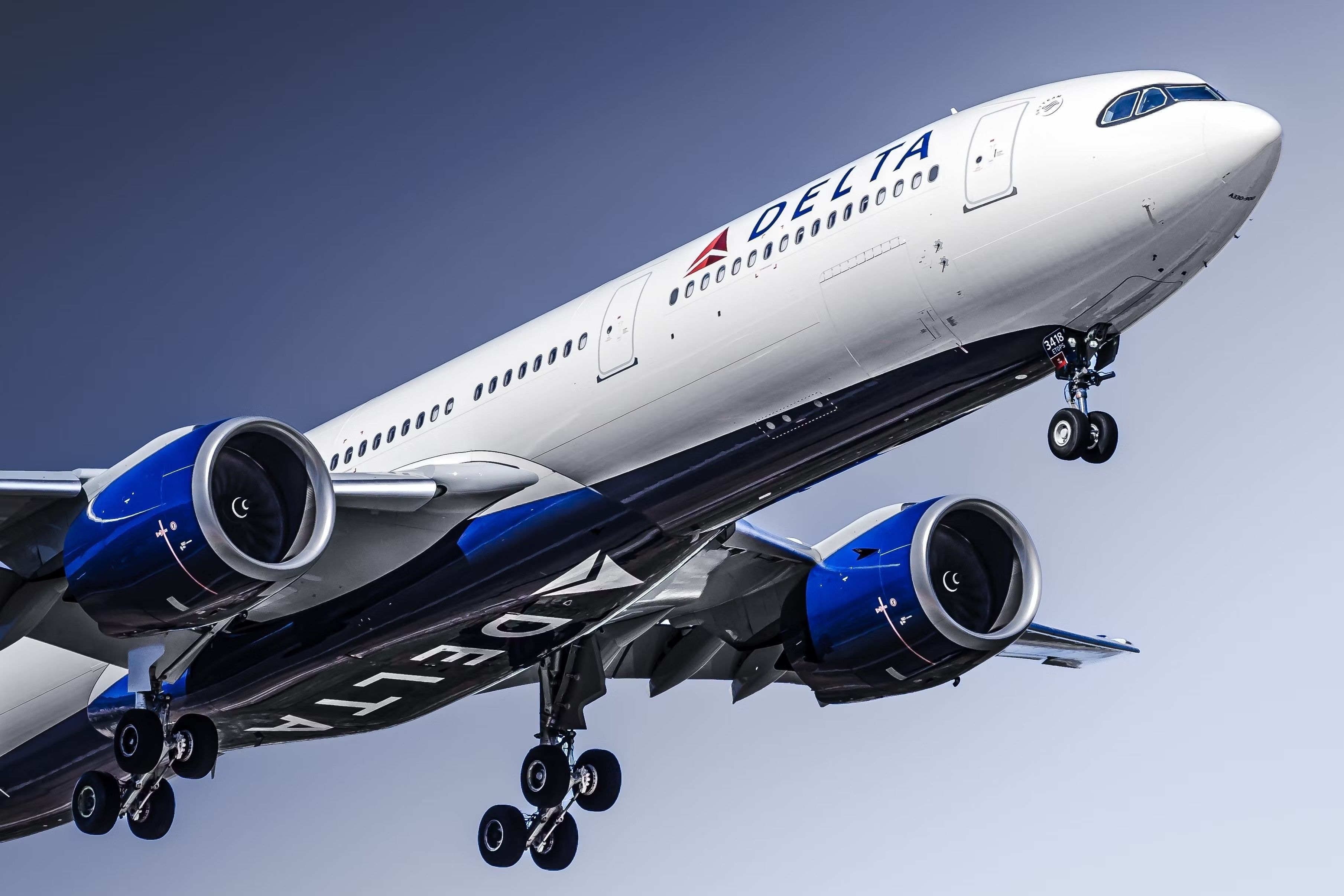
Related
Up To 56 Daily Flights: American Airlines, Delta & United’s Huge London Operations Examined
Despite the huge volume of services, each carrier has fewer London flights than last summer.
After New York and Los Angeles, the next largest city in which Delta operates a hub is Seattle, the nation’s 18th-largest city, according to United States Census Bureau statistics. Furthermore, the airline maintains no hub in Washington, DC, unlike both of its primary competitors.
Three kinds of hubs
To better understand the nature of Delta’s unique hub system, it is important to divide the carrier’s hubs down into three categories. For starters, there are the airline’s fortress hubs.
Photo: Angel DiBilio | Shutterstock
These are large international airports with multiple runways and terminals that can accommodate dozens of hourly flights and are places where Delta maintains a dominant market share in both international and domestic travel. Details of the airline’s fortress hubs can be seen in the table below:
|
Airport: |
Delta market share: |
Delta passenger numbers: |
|---|---|---|
|
Atlanta Hartsfield-Jackson International Airport (ATL) |
72.45% |
64,865,000 |
|
Detroit Metropolitan Wayne County Airport (DTW) |
57.13% |
14,871,000 |
|
Minneapolis/St. Paul International Airport (MSP) |
58.24% |
17,959,000 |
|
Salt Lake City International Airport (SLC) |
57.73% |
13,994,000 |
Delta maintains unparalleled bargaining power at these facilities. For those who become legacy Delta flyers, these airports are impossible to avoid.
The next category of hub airports operated by Delta are the airline’s “fractured” hubs. These are facilities where Delta does not dominate traffic, despite the airports themselves being in large population centers and maintaining heavy airline traffic. Delta’s fractured hubs are as follows:
|
Airport: |
Delta market share: |
Delta passenger numbers: |
|---|---|---|
|
John F. Kennedy International Airport (JFK) |
29.6% |
18,379,843 |
|
Los Angeles International Airport (LAX) |
19.76% |
14,831,038 |
|
Boston Logan International Airport (BOS) |
21.3% |
6,764,000 |
|
Seattle/Tacoma International Airport (SEA) |
20.39% |
8,888,000 |
Across the board, maintaining a strong presence in these major population centers is important for Delta, even if it cannot dominate passenger traffic. These hubs are all located in economically prosperous areas where maintaining a loyal customer base is important, especially for auxiliary revenue generation through the airline’s SkyMiles loyalty program. In short, if Delta does not operate convenient flights from your city, there is a significantly weaker incentive to maintain a Delta co-branded American Express card or make consistent purchases with SkyMiles partners.
The final hub and the focus cities
The last Delta hub, LaGuardia Airport (LGA), falls into neither of these two categories. According to the Port Authority of New York and New Jersey, Delta does dominate traffic at the facility with a 40.6% market share.
Photo: The Global Guy | Shutterstock
Nonetheless, the airport’s restrictions do not permit long-haul international flights, preventing the facility from becoming a true global hub. As a result, it is best to classify Delta’s LGA hub as a domestic gateway.
The airline’s three focus cities also serve an interesting purpose. They are as follows:
- Austin Bergstrom International Airport (AUS)
- Cincinnati/Northern Kentucky International Airport (CVG)
- Raleigh-Durham International Airport (RDU)
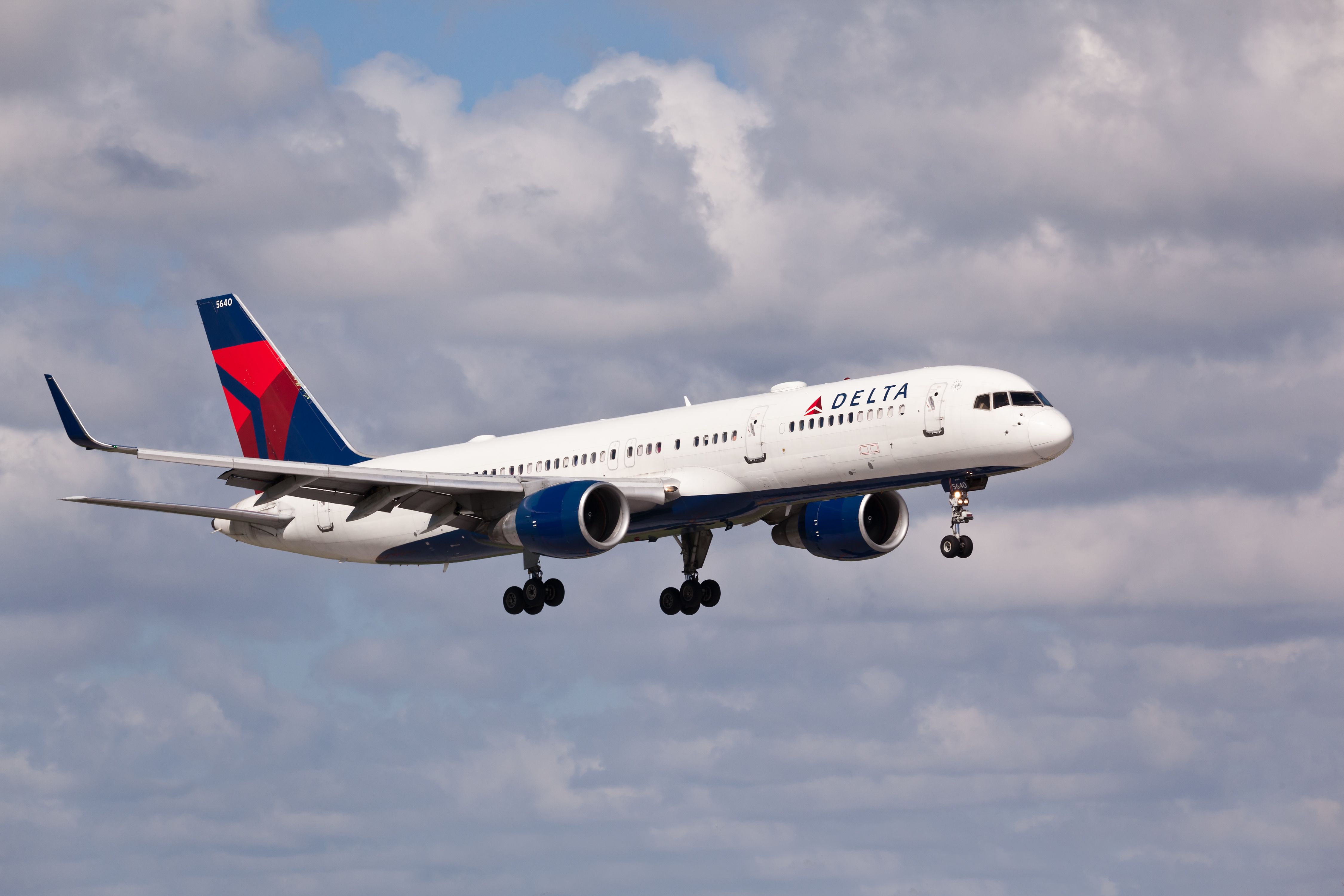
Related
The WNBA Launches Charter Flight Program To Be Operated By Delta Air Lines
The carrier’s CEO said the partnership is a “historic advancement in women’s professional sports.”
All of these facilities help Delta expand its reach, offering a larger number of flights in areas where the carrier’s presence is relatively limited. Both the airline’s Austin and Cincinnati hubs broadly fit this description, as they help offer increased connectivity in markets where other carriers have nearby fortress hubs.

